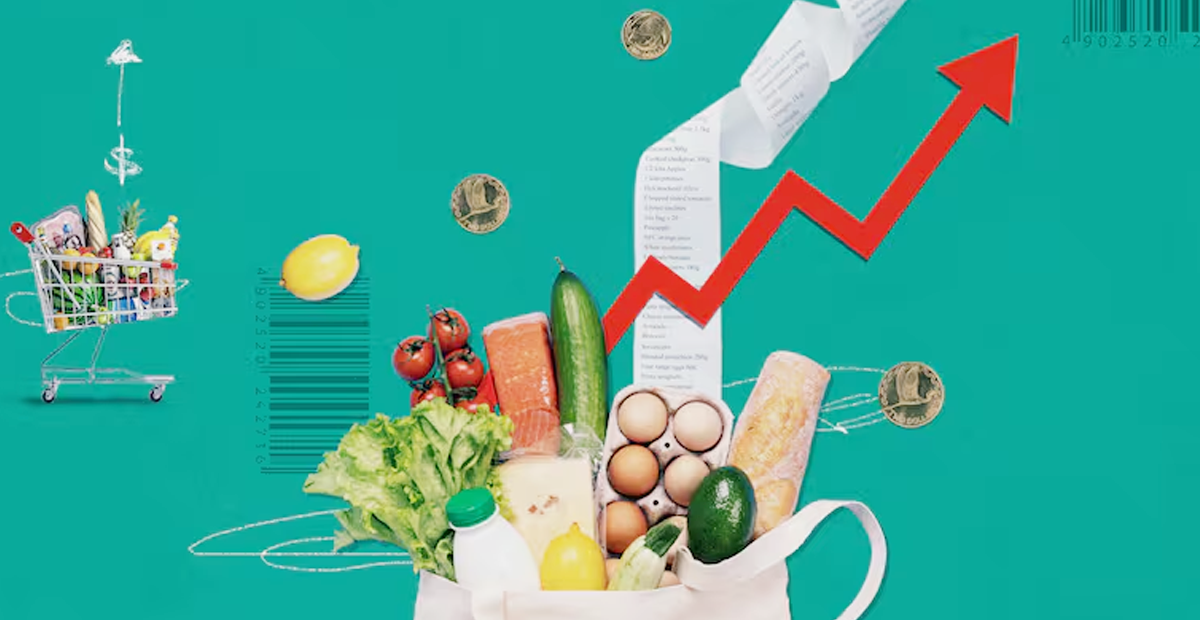New Zealand Food Prices Increase After Three Months of Stability
In April, New Zealand saw a 0.6% rise in food prices compared to the previous month, as reported by Stats NZ. This increase marked a shift after a period of price stability in the food sector.
The rise in grocery food prices was the primary driver of this overall increase, with notable price hikes in potato chips, chocolate blocks, and olive oil. These items saw higher costs due to various market factors that influenced pricing during the month.
Contrastingly, fruit and vegetable prices exhibited a decline, continuing a trend observed over the past three months. Notable decreases were recorded in the prices of kiwifruit, broccoli, and mandarins. This reduction in prices contributed to mitigating the overall rise in food costs.
James Mitchell, the consumer prices manager at Stats NZ, highlighted that while fruit and vegetable prices have been on a downward trajectory for three consecutive months, other food items, along with dining out at cafes and restaurants, have become more expensive. This mixed pattern reflects varying dynamics within the food sector.
On an annual basis, food prices experienced a modest increase of 0.8% in the 12 months leading up to April. This followed a similar trend from the previous year, which recorded a 0.7% rise. These figures are starkly lower than the 12.5% increase observed at the same time last year.
The relatively smaller annual increase in food prices can largely be attributed to the significant drop in fruit and vegetable prices, which fell by 13% compared to the previous year. This decline significantly influenced the overall food pricing landscape, despite price increases across other broad food categories.
Mitchell pointed out that the decrease in fruit and vegetable prices from the highs of 2023 had brought them closer to more typical levels for April. For instance, tomato prices were about $3.50 per kilogram cheaper than they were a year ago, and kūmara prices had more than halved since the beginning of 2024. These changes indicate a return to more regular pricing patterns following unusually high rates in the previous year.
Overall, the food pricing in New Zealand exhibits a complex interplay of increases in certain areas offset by decreases in others, particularly in the fruit and vegetable segment. This balancing act continues to shape the cost of living related to food consumption across the country.

.webp)




